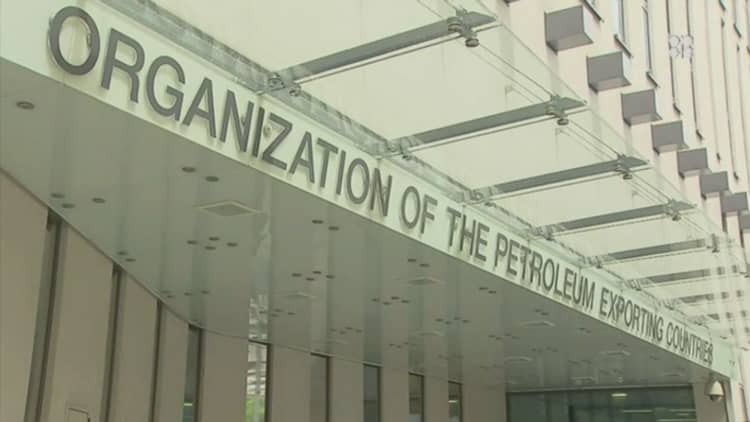
The International Energy Agency (IEA) has highlighted the significant tasks ahead for OPEC if the oil cartel is to freeze or cut its production and boost the price of the commodity.
"We can see the scale of the task ahead," the Paris-based organization said in its latest monthly report on Thursday morning.
Investors are eagerly awaiting the outcome of OPEC's meeting, scheduled for November 30, after its members members pledged at their last meeting in Algiers to cut oil production by as much as 2 percent. This proposed production ceiling would be between 32.5 million barrels per day (mb/d) and and 33 mb/d.
However, the IEA stated Thursday that OPEC crude output rose by 230,000 barrels per day to a record 33.83 mb/d in October after "production recovered in Nigeria and Libya and flows from Iraq hit an all-time high."
It explained that output from the group's 14 members had climbed for five months running, led by Iraq and Saudi Arabia. In October, OPEC supply stood nearly 1.3 mb/d above what it was a year ago, it added.
"(OPEC members pumped) well in excess of the high end of the proposed output range. This means that OPEC must agree to significant cuts in Vienna to turn its Algiers commitment into reality," the agency said.
"Unfortunately for those seeking higher prices, an analysis of the other components provides little comfort," it added, highlighting that output was increasing in Russia, Brazil, Canada and Kazakhstan.

"Total non-OPEC output will rise by 0.5 mb/d next year, compared to a fall of 0.9 mb/d in 2016. This means that 2017 could be another year of relentless global supply growth similar to that seen in 2016," it said.
"If no agreement is reached on November 30 then the market will remain in surplus throughout the year and if this persists in 2017 there "must be some risk of prices falling back," according to the IEA.
The price of oil has collapsed from near $120 a barrel in June 2014 to around $46 a barrel more recently. Weak demand, a strong dollar and booming U.S. oil production have all been seen as reasons for the dramatic fall, as well as OPEC's reluctance to cut.
The IEA on Thursday reaffirmed its view that oil demand peaked at a five-year high of 1.8 mb/d in 2015. It still predicts that demand growth would ease to 1.2 mb/d in 2016 due to sharp slowdowns in the OECD Americas and China, with a similar expansion expected next year.
It added that total global oil supply rose 0.8 mb/d in October to 97.8 mb/d after producers in OPEC and non-OPEC "opened the taps."


